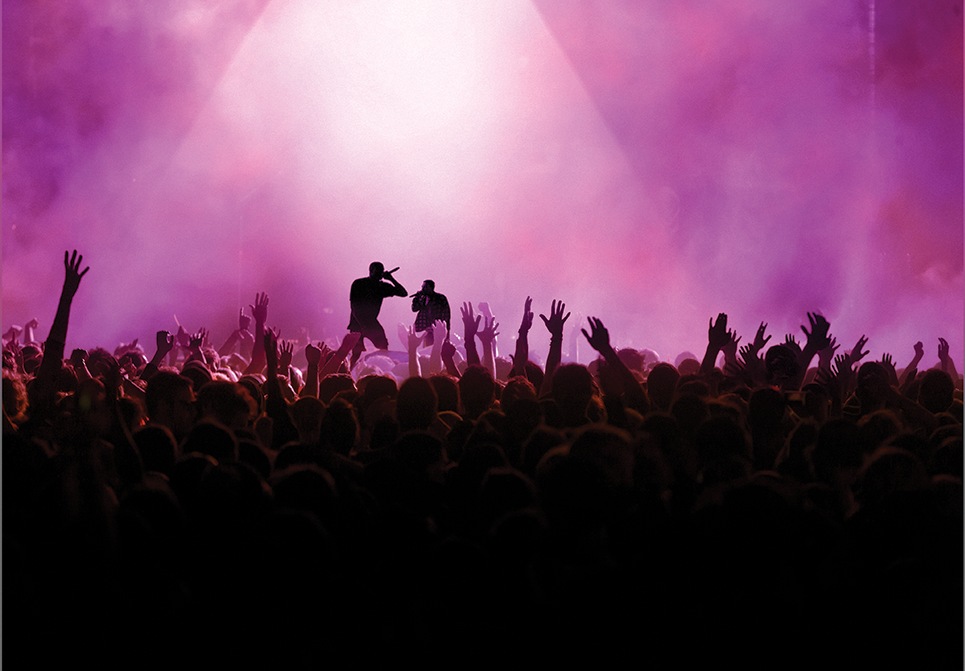
Over a decade ago, a period of anti-government revolution swept across the Arab world; with the death of Tunisian fruit and vegetable vendor Mohamed Bouazizi, who set himself on fire in protest outside a provincial government building, acting as its catalyst. What followed was a series of street demonstrations, rebellions, and uprisings in other countries including, Libya, Jordan, Syria, Iraq, and Egypt where millions called for the dismantling of corrupt regimes. By the end of 2012, the movement had ground to a halt; spurned by civil wars and authoritarian regimes taking root once again.
In Laughter in the Dark: Egypt to the Tune of Change, leading Egyptian author and journalist Yasmine El Rashidi explores the conditions that lead to the end of the Arab Spring, and how a thriving hip-hop movement known as mahraganat offers a new way for Egypt’s youth to be heard. With 60% of the country’s population under the age of 25, hip hop—and in particular, lyrics about political, sexual, and socioeconomic realities—speaks directly to the lives and concerns of its deeply frustrated youth.

While artists like Wegz, Hasan Shakosh, and Dinho and their fanbases were likely just coming of age during the movement back in 2010, Laughter in the Dark investigates how the power of community and subversive cultural messaging may help push the nation to its next political tipping point. Pairing analysis of current social conditions alongside song lyric breakdowns, it maps the deep connection between politics and art, and positions mahraganat as more than just a music genre—but a vehicle for socioeconomic change.
Artists like Cario-born 3enaabb use music to tell the tale of the economic hardships and social disenfranchisement they’re surrounded by. “Get away from me, my nerves are tired / You addict kids, drowning,” he raps on “Ibn Al-Balad,” translated as "Son of the Land," his breakthrough single. “We’re a nation against destruction, you want to try come over / If you come over here, here will be ripped up.”
Like most politically-charged forms of expression, mahraganat has many detractors. In the days following the sold-out 2020 show at Cairo Stadium headlined by mahraganat artist Hassan Shakosh, whose single “Bent El Giran” racked up millions of views and streams in just a matter of weeks, government and media backlash against the entire genre reached fever pitch. Eventually, it would lead to mahraganat artists being banned from performing at festivals, clubs, cafes, and venues across the country. From concerts to street parties, the music and its movement persist despite repeated shutdown attempts by the state.

The book is an inside look at what may be the genesis of a new movement—much more globally connected this time around thanks to social media platforms like Twitter and TikTok. For these brave young artists, event organizers, videographers, critics, and fans, Egypt’s revolutionary fire still burns.
Laughter in the Dark: Egypt to the Tune of Change is on sale now.